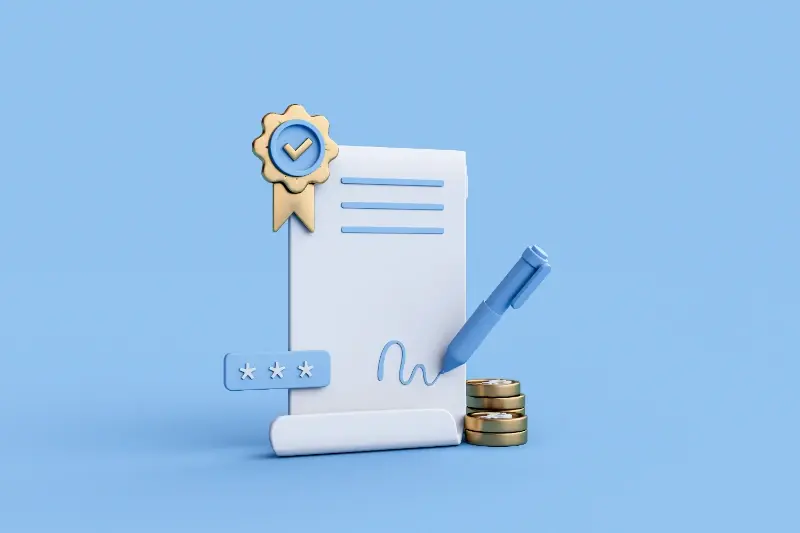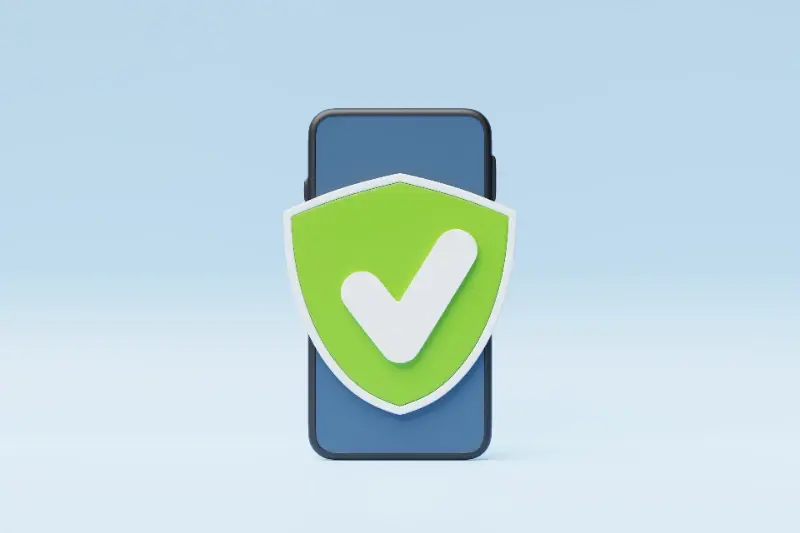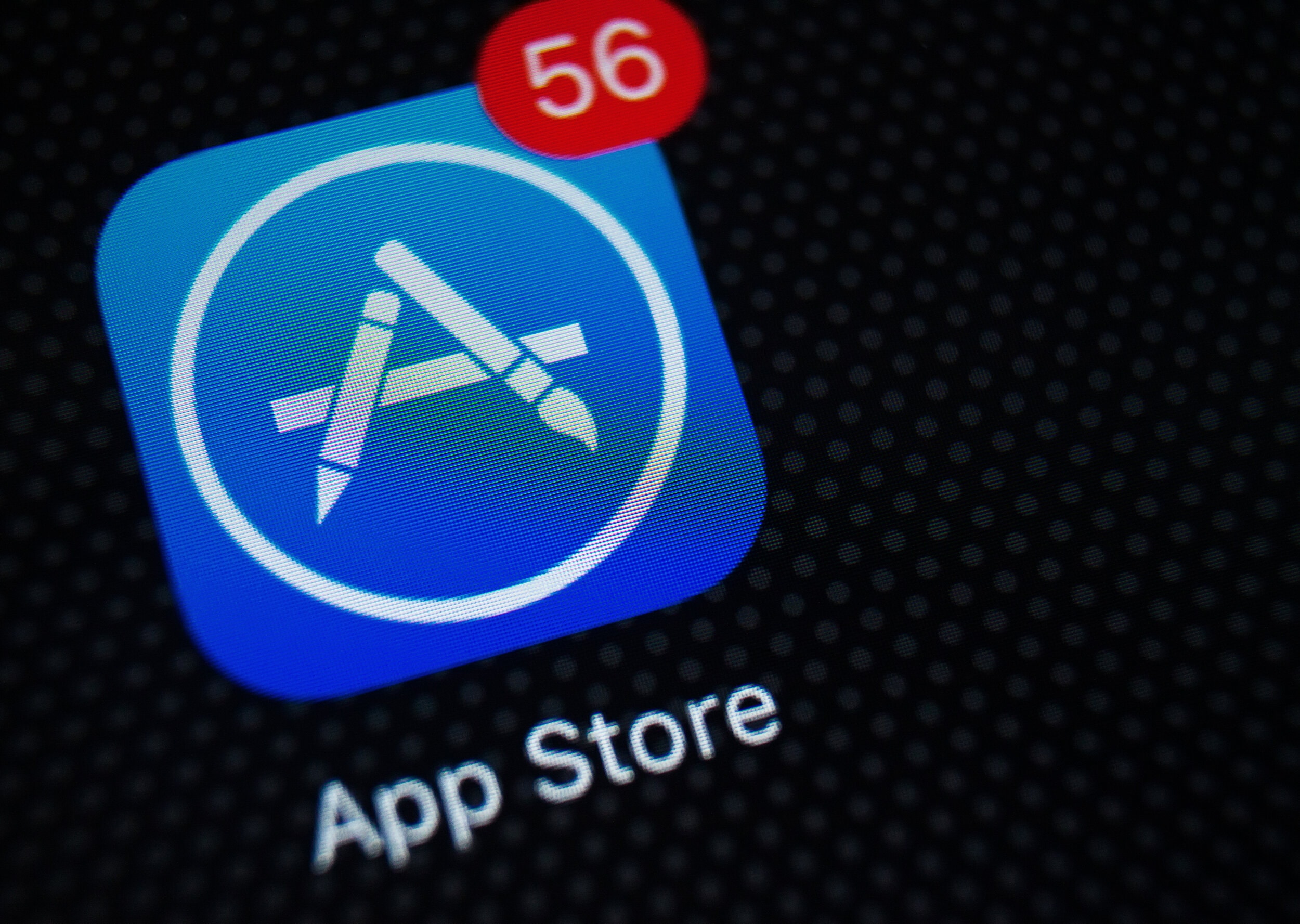Common Pitfalls That Derail Mobile App Approval Processes
Getting your mobile app approved through official app stores should be straightforward, but the reality is quite different. I've watched countless developers pour months of work into brilliant applications, only to see them rejected for reasons that could have been easily avoided. The app approval process has become increasingly complex over the years, with both Apple's App Store and Google Play Store implementing stricter guidelines and more rigorous review procedures.
What makes this particularly frustrating is that many of these app approval pitfalls are completely preventable. We're not talking about groundbreaking technical innovations or cutting-edge features here—most mobile app rejection cases stem from basic oversights that developers miss during the planning and development phases. Simple things like incorrect metadata, missing privacy policies, or non-compliant user interfaces can derail months of hard work.
The difference between approval and rejection often comes down to understanding the rules before you start building, not after you submit.
These regulatory compliance mistakes don't just delay your launch; they can completely derail your business timeline and budget. I've seen startups miss their market window because they had to rebuild core features to meet approval process errors they didn't anticipate. The good news? Once you understand the common patterns behind these rejections, you can design your development process to avoid them entirely. That's exactly what we'll explore in this guide—the specific areas where apps most frequently stumble and how to navigate them successfully.
Understanding App Store Guidelines
Both Apple and Google have thick rulebooks that dictate what apps can and can't do on their platforms. These guidelines aren't just suggestions—they're the law of the land if you want your app to see the light of day. I've watched countless developers spend months building apps only to have them rejected because they missed a single rule buried deep in the documentation.
The tricky part is that these guidelines change regularly. What was acceptable six months ago might not fly today, and the store reviewers don't always send you a detailed explanation of what went wrong. They might just point to a section number and leave you guessing.
Key Areas That Trip Up Most Developers
From my experience, most rejections happen in predictable areas. The app stores are particularly strict about apps that duplicate existing functionality without adding value—think another basic calculator or flashlight app. They also crack down hard on apps that try to bypass their payment systems or encourage users to make purchases outside the app.
- Apps that replicate core device functionality without innovation
- Incomplete apps or those that appear to be test versions
- Apps requesting unnecessary permissions or data
- Content that violates community standards or local laws
- Apps with broken links, crashes, or obvious bugs
The Human Element
Here's something many developers forget: real people review these apps, not just automated systems. That means decisions can be subjective, and what one reviewer approves, another might reject. The best approach is to read the guidelines thoroughly, follow them to the letter, and always err on the side of caution when you're unsure about something.
Technical Requirements and Common Oversights
I've watched countless developers get tripped up by technical requirements that seem straightforward on paper but become approval process errors in practice. The thing is, app stores have become incredibly strict about technical standards—and for good reason. Users expect apps to work flawlessly across different devices and operating systems.
One of the biggest mobile app rejection culprits I see is performance issues. Your app might work perfectly on your shiny new test device, but what about older models with less RAM? App stores test on various hardware configurations, and if your app crashes or runs slowly on any of them, you're looking at a rejection. Memory leaks are particularly nasty—they might not show up during quick testing but will cause problems during extended use.
Common Technical Stumbling Blocks
App approval pitfalls often stem from these technical oversights:
- Apps that crash on launch or during core functionality
- Excessive battery drain from poor coding practices
- Apps that don't adapt properly to different screen sizes
- Missing or broken features that are mentioned in your app description
- Apps that require specific hardware but don't check for it first
- Poor network handling when connectivity is weak or intermittent
Another area where regulatory compliance mistakes frequently occur is API usage. If you're using deprecated APIs or calling system functions incorrectly, reviewers will catch it. They're particularly vigilant about apps that try to access system resources without proper permissions or explanations.
Always test your app on the oldest supported device with minimal storage space and poor network conditions—this reveals issues that premium devices might mask.
The frustrating part about technical rejections is they're often the most preventable. Proper testing and code reviews catch most of these problems before submission, saving you weeks of back-and-forth with app store reviewers.
Content Policies and Censorship Issues
Content policies are where things get particularly tricky—and I've seen plenty of apps get rejected for reasons that developers never saw coming. The app stores have strict rules about what content they'll allow, and these rules can be quite subjective at times.
Violence and mature content are obvious red flags, but the grey areas are where most problems occur. Educational apps about history might include war imagery; fitness apps could show the human body; even simple games might have cartoon violence that crosses an invisible line. The challenge is that what seems perfectly reasonable to you might not align with the store's interpretation of their guidelines.
Common Content Violations to Watch For
- User-generated content without proper moderation systems
- Dating or social features that could enable inappropriate interactions
- Medical or health claims that aren't backed by proper disclaimers
- Political content or references to controversial topics
- Gambling mechanics or prize systems that blur legal lines
- Content that could be considered discriminatory or offensive
The trickiest part about content policies is that they're often applied inconsistently. What gets approved one week might get rejected the next, depending on which reviewer looks at your app. I always recommend erring on the side of caution and having backup content ready if needed.
Regional Differences Matter
Different countries have different sensitivities and legal requirements. An app that's perfectly fine in one market might violate local laws or cultural norms in another. This becomes particularly important if you're planning a global launch—you might need different versions of your content for different regions, or you might need to exclude certain markets altogether.
Privacy and Security Compliance Failures
Privacy regulations have become incredibly strict over the past few years, and app stores are taking them seriously. Really seriously. I've seen perfectly good apps get rejected because they didn't ask for permission before accessing a user's camera, or because they collected location data without explaining why. These aren't just technical oversights—they're deal breakers that can completely derail your approval process.
The most common mistake I see is apps requesting permissions they don't actually need. Your weather app doesn't need access to the user's contacts, and your calculator doesn't need location services. App stores will scrutinise every permission request, and if they can't see a clear reason for it, you'll get rejected faster than you can say "regulatory compliance mistakes". For apps with features like voice recording, understanding the specific permissions required for voice features becomes even more critical.
Data Collection Transparency
Users want to know what data you're collecting and why. This means having crystal clear privacy policies that actually explain things in plain English—not legal jargon that requires a law degree to understand. Your app needs to be upfront about data collection before users download it, not after they've already started using it.
The biggest privacy mistake developers make is treating compliance as an afterthought rather than building it into the app from day one
Security Implementation Issues
Security isn't just about encryption; it's about implementing proper authentication, securing API calls, and protecting user data at every level. Apps that store passwords in plain text or transmit sensitive information without proper security measures will face immediate rejection. The review teams are trained to spot these vulnerabilities, and they won't give you the benefit of the doubt.
User Interface and Experience Violations
When it comes to app store rejections, poor user interface and experience design causes more headaches than you might think. Both Apple and Google have strict rules about how apps should look, feel, and behave—and they're not just suggestions.
The most common UI violation I see is apps that don't follow platform-specific design guidelines. Apple wants apps to feel like they belong on iOS, whilst Google expects Android apps to follow Material Design principles. You can't just copy your iPhone app design and plop it onto Android; the two platforms have different ways of doing things, from navigation patterns to button styles.
Navigation and Functionality Issues
App stores will reject apps that confuse users or make simple tasks difficult. This includes broken navigation flows, buttons that don't work properly, or screens that load but show nothing useful. If users can't figure out how to get back to the main screen or complete basic actions, that's a problem.
Loading times matter too—apps that take forever to start up or crash frequently won't make it through review. The stores expect your app to work smoothly on older devices, not just the latest flagship phones.
Accessibility Requirements
Modern app stores require proper accessibility features. This means adding text descriptions for images, making sure buttons are large enough for people with motor difficulties, and supporting screen readers for visually impaired users. These aren't optional extras anymore; they're requirements.
The good news is that most of these issues are preventable with proper testing and following established design patterns. Understanding mobile accessibility guidelines can help ensure your app meets these essential requirements from the start.
Testing and Quality Assurance Mistakes
Right, let's talk about testing—or more accurately, the lack of proper testing that sends perfectly good apps straight into the rejection pile. I've watched brilliant concepts get knocked back simply because developers rushed through their QA process or skipped testing scenarios that seemed "obvious." The thing is, app stores don't care how clever your idea is if it crashes when someone rotates their phone.
The most common testing oversight? Device compatibility issues. Your app might work beautifully on your latest iPhone, but what happens on older models or different screen sizes? App stores test across multiple devices, and if your app breaks on any of them, you're looking at an instant rejection. Memory leaks are another killer—apps that slowly consume device resources until they crash will get flagged immediately during the review process.
Critical Testing Areas That Get Overlooked
- Network connectivity changes (switching between WiFi and mobile data)
- Low battery scenarios and power management
- Background app behaviour and memory usage
- Edge cases like empty states or no internet connection
- Accessibility features and screen reader compatibility
- Permission handling when users deny access
Performance testing gets overlooked too often. Apps that take more than a few seconds to load or respond sluggishly to user input will face rejection. The review teams aren't patient—they're processing hundreds of apps and won't wait around for yours to catch up.
Create a testing checklist that covers all device orientations, network conditions, and user permission scenarios. Test your app on the oldest supported device model, not just the latest flagship phone.
Here's what really frustrates me: developers who don't test their submission builds. The version you submit should be exactly what you've tested—no last-minute changes, no "quick fixes" that bypass your QA process. Those shortcuts often lead to approval process errors that could have been easily avoided.
Conclusion
Getting your mobile app approved doesn't have to be a nightmare if you know what to watch out for. The rejection reasons we've covered—from technical oversights to privacy compliance failures—account for the majority of apps that get bounced back from the app stores. Most of these issues are completely avoidable with proper planning and attention to detail.
The truth is, app store reviewers aren't trying to make your life difficult; they're just doing their job of maintaining quality standards. When you understand their guidelines and follow them properly, the approval process becomes much smoother. I've seen countless developers save weeks of back-and-forth simply by taking the time to review their app against the store policies before submission.
Testing is your best friend here. Not just the fancy automated testing, but real humans using your app on different devices with fresh eyes. They'll spot the crashes, the confusing navigation, and the privacy policy mistakes that could sink your approval chances. Quality assurance isn't glamorous work, but it's what separates successful launches from extended delays.
The mobile app market moves fast, but the fundamentals of getting approved remain fairly consistent. Focus on building something that works reliably, respects user privacy, and follows the platform rules. Keep your metadata honest, your content appropriate, and your technical implementation solid. Do these things right, and you'll find the approval process becomes just another step in your development workflow rather than a major hurdle to overcome.
Share this
Subscribe To Our Blog
You May Also Like
These Related Stories

App Store Approval: Getting Your Licensing Documentation Right

GDPR vs App Store: Which Approval Process Matters More?





